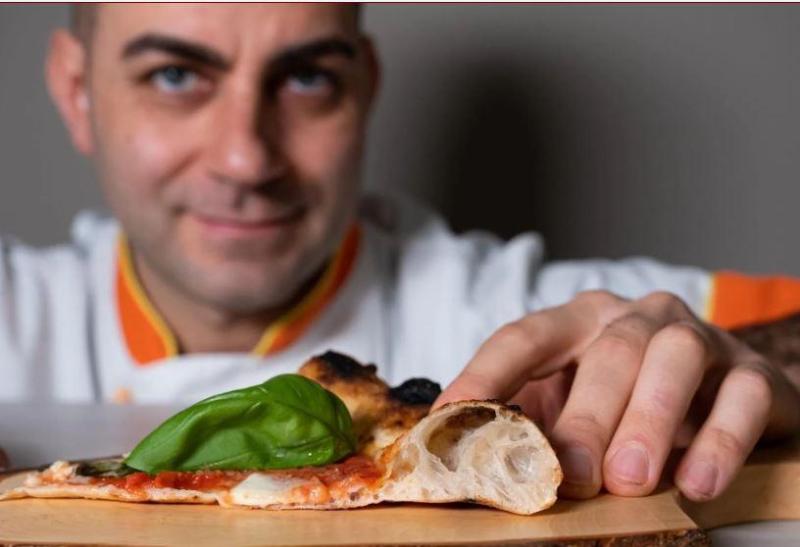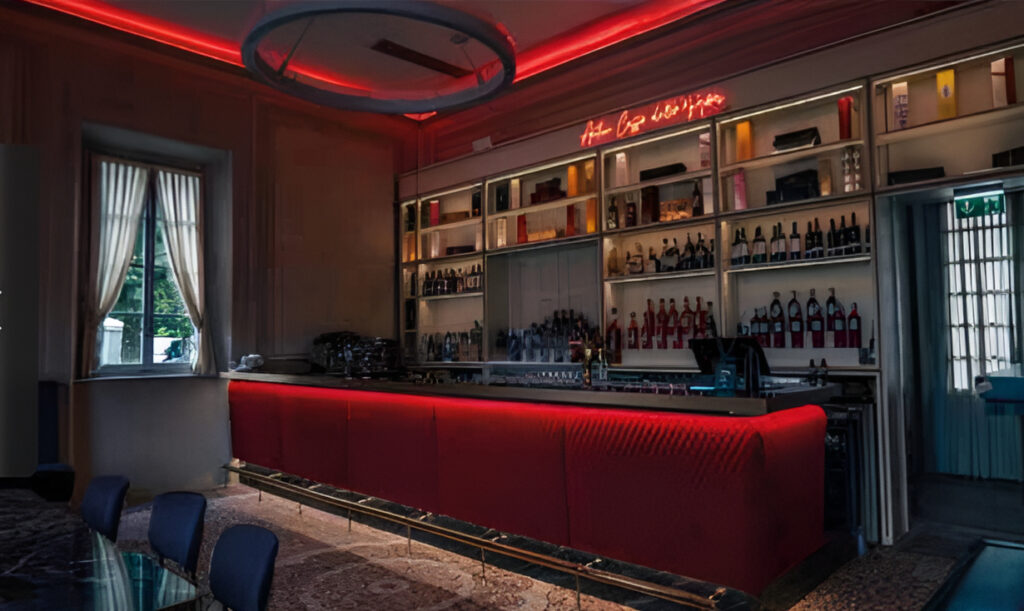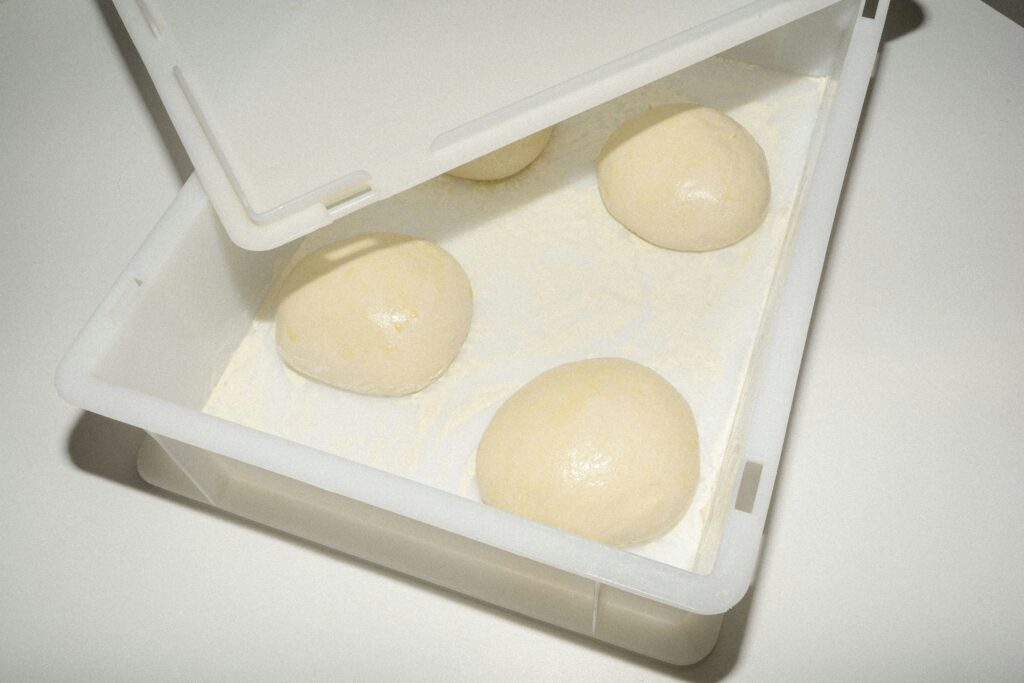
What is the future of pizzerias and how are they evolving? How can the quality of a pizzeria be improved?
One of the many things that this pandemic has produced is the new awareness of people regarding food. In fact, eating no longer means filling one’s belly and choosing all-you-can-eat restaurants; it means, instead, living “an experience full of emotional, healthy, ethical, environmental and social implications”, as Rosalia Cavalieri writes in Gastronomia consapevole.
From being a natural necessity, as it has been for millennia, the consumption of food and beverages is becoming an element of cultural awareness, linked to everything that surrounds us; it is probably also due to the increasingly widespread trend of eating out. It is essential to recognize not only the media phenomena circulating around food, but also to pay attention to gastronomic culture and taste education, on which, as never before, it is necessary to devote resources and projects, including educational ones. This implies that operators of catering industry too (meaning every place producing food you can consume outside home, therefore including pizzerias) have to pay a different attention to proposals and menus, in which quality will represent, more and more, the main reason for choice.
People have changed. The acceleration that some aspects of our daily lives have experienced as a result of the pandemic crisis pushed everyone to learn more, a trend that was already underway thanks to the easy ability to move around in recent years. Moreover, with the obligation to stay put, digital technology has improved the knowledge of a large part of the population.

First of all, quality of raw materials. This means being able to offer a perfect pizza, made with dough created with the best flours – which are manipulated by the pizza maker for each specific type of pizza – and with a topping that aims at success. In fact, too many times we witness the contradiction of perfect dough ruined by bad topping, made of dripping vegetables, bad mushrooms, estrogen-rich hams and sauces that do not taste like tomatoes. Yet, if there is one thing we have understood from the food cost of a pizza, it is that between a quality topping and a bad one, the price difference is ridiculous.
While following the road of the quality of raw materials, we cannot but come across the so-called gourmet pizzas. The phenomenon of gourmet pizzas started a few years ago and is now assuming a major importance, although it was initially considered a short-lived fashion or a heresy by the most traditionalist pizza makers. What does a pizza chef who specializes in this art do? He combines the basics of cooking with his expertise in making usually perfect dough, creating light and tasty final products. Definitely more expensive than a traditional pizza but with a bearable cost for most of people considering that it is equivalent to a complete lunch in most cases, gourmet pizza is always made with high quality ingredients. This is crucial for the image of the pizza maker and of the restaurant.
Perhaps the best way to increase quality is to believe in one’s own reputation, becoming more aware that nowadays the pizza chef is no longer the humble profession it was just a few years ago. Pizzerias are at the top of the out-of-home consumption charts and even when it comes to food delivery, pizza is the most consumed food. However, only the pizzerias that have given value to quality and profession are moving forward.
As we mentioned before, the world is changing, people are looking at food with a different mindset, which goes beyond calories and nutrients; they pay more attention to taste, health and the very locations in which food is consumed. The pandemic has led to the closure of places, but when it ends, it will be the ones that have invested in renovation and modernization that will be winners.
This too means quality. In the past, people went to pizzerias to eat in a little less than an hour and the places were structured on the base of this need. There were many seats, a fast service and a rotation that provided a lot of work and money. Today the pizzerias are considered as any other restaurant and the ones that have understood this are the most visited and appreciated. In fact they have adapted the quality of the product to the menus describing it, to the staff qualified to make people feel good and to welcoming and clean settings.

The word sharing is an essential part of the concept of quality when it comes to food. Whether it is a restaurant, a street food restaurant or a pizzeria, eating out inevitably leads to sharing. This concept implies many things: people at the same table, talking about what they are eating; photos that have to be beautiful – also, usually, what is beautiful is also good; the desire to review the place and what has been consumed. In all this, quality plays a determinant role for the success of the restaurant. In conclusion: if there is no quality, the place will have a very short life. Facts and history tell us so!



